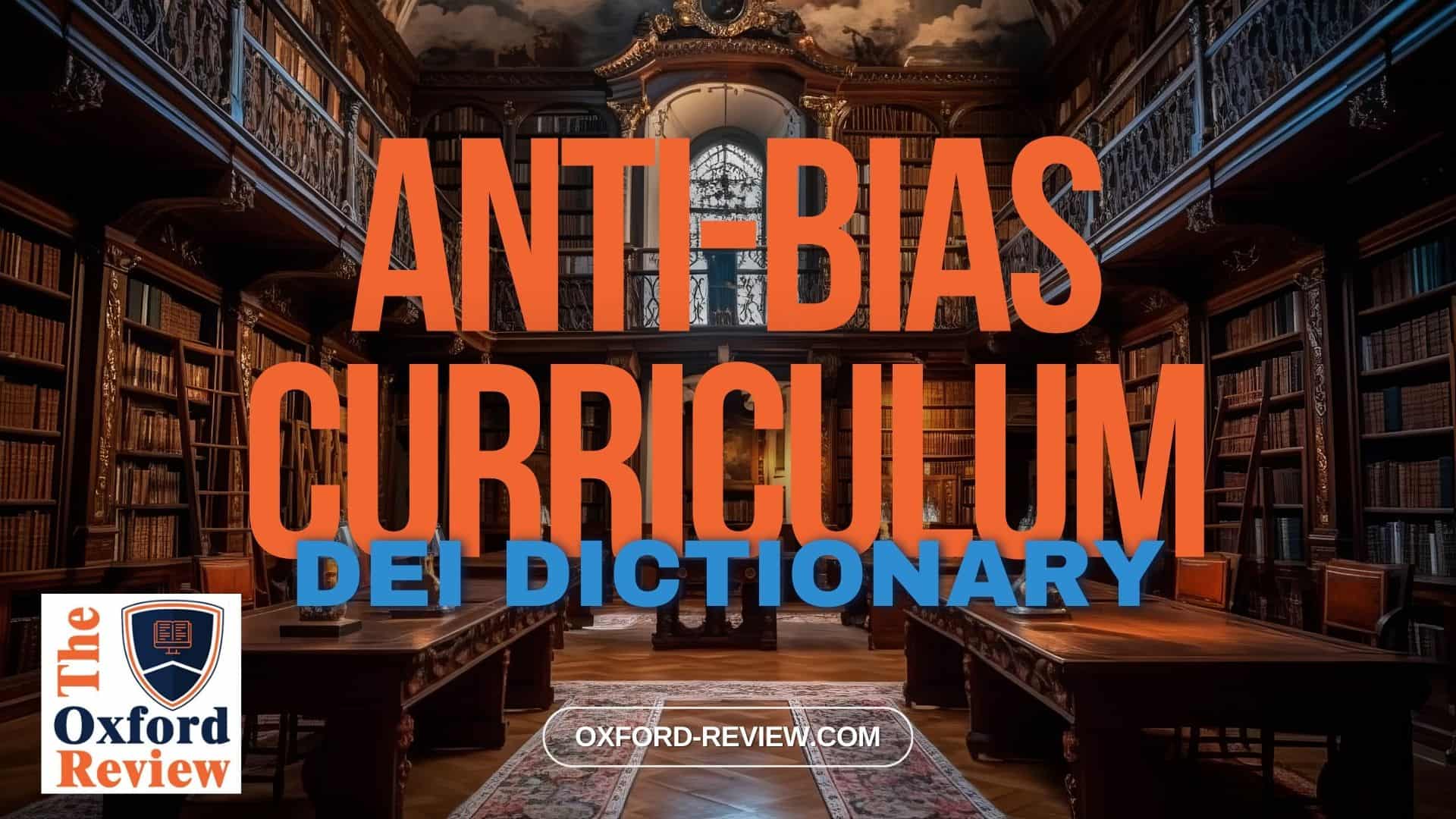Anti-Bias Curriculum – Definition and Explanation

Unveiling the Power of Anti-Bias Curriculum in Fostering Diversity, Equity, and Inclusion
In today’s rapidly evolving world, embracing diversity, equity, and inclusion (DEI) is paramount for fostering a thriving society. One powerful tool in achieving this goal is the Anti-Bias Curriculum.
Definition:
An Anti-Bias Curriculum is a proactive approach to education that seeks to eradicate prejudice, discrimination, and stereotypes. It is designed to empower learners to recognise, challenge, and dismantle biases based on race, gender, ethnicity, sexual orientation, religion, socioeconomic status, and other identity factors. This curriculum aims to cultivate critical thinking, empathy, and respect for diversity from an early age.
Key Components of an Anti-Bias Curriculum:
- Identity Exploration: Encouraging students to explore their own identities and understand the uniqueness of others.
- Culturally Relevant Content: Incorporating diverse perspectives, experiences, and contributions across various subject areas.
- Critical Inquiry: Teaching students to critically analyse media, literature, and historical narratives for biases and stereotypes.
- Empathy Building: Fostering empathy and perspective-taking through discussions, literature, and real-world experiences.
- Action-Oriented Learning: Empowering students to take action against injustice and advocate for equity and inclusion in their communities.
Significance of Anti-Bias Curriculum:
An Anti-Bias Curriculum plays a crucial role in creating a more equitable and inclusive society by:
- Empowering Students: It equips students with the knowledge, skills, and attitudes needed to navigate a diverse world with respect and empathy.
- Promoting Social Justice: By addressing biases and stereotypes, it contributes to the broader goal of social justice and equality.
- Preventing Prejudice: It helps mitigate the development of prejudicial attitudes and behaviours by fostering understanding and appreciation for differences.
Implementing Anti-Bias Curriculum:
- Teacher Training: Providing professional development opportunities for educators to understand the principles of anti-bias education and integrate them into their teaching practices.
- Curriculum Design: Ensuring that curriculum materials reflect diverse perspectives and experiences, and actively challenging stereotypes and biases.
- Classroom Practices: Creating a safe and inclusive classroom environment where all students feel valued and respected, and where discussions about identity and bias are encouraged.
- Community Engagement: Collaborating with families, community members, and organisations to support and reinforce anti-bias education efforts both inside and outside the classroom.
Example:
In a kindergarten classroom, the teacher introduces a unit on family diversity. The curriculum includes books, activities, and discussions that celebrate various family structures, including single-parent families, LGBTQ+ families, and multigenerational households. Through storytelling and art projects, students learn to appreciate the uniqueness of each family while recognising that love and support come in many different forms. This unit not only promotes acceptance and inclusion but also lays the foundation for understanding and respecting diversity in all aspects of life.
Conclusion:
Incorporating an Anti-Bias Curriculum into educational settings is a proactive step towards creating a more equitable and inclusive society. By challenging biases, fostering empathy, and promoting understanding, this approach empowers learners to become agents of positive change in their communities. Let’s embrace the power of anti-bias education to cultivate a future where diversity is celebrated, equity is realised, and inclusion is the norm.
References:
Derman-Sparks, L. (1989). Anti-bias curriculum: Tools for empowering young children. National Association for the Education of Young Children, 1834 Connecticut Avenue, NW, Washington, DC 20009-5786. https://eric.ed.gov/?id=ed305135
Escayg, K. A. (2019). “Who’s got the power?”: A critical examination of the anti-bias curriculum. International Journal of Child Care and Education Policy, 13(1), 6. https://link.springer.com/article/10.1186/s40723-019-0062-9
Lin, M., Lake, V. E., & Rice, D. (2008). Teaching anti-bias curriculum in teacher education programs: What and how. Teacher Education Quarterly, 35(2), 187-200. https://www.jstor.org/stable/23479231
Killoran, I., Panaroni, M., Rivers, S., Razack, Y., Vetter, D., & Tymon, D. (2004). Rethink, revise, react. Using an anti-bias curriculum to move beyond the usual. Childhood Education, 80(3), 149-156. https://www.tandfonline.com/doi/pdf/10.1080/00094056.2004.10522794
Be impressively well informed

Get the very latest research intelligence briefings, video research briefings, infographics and more sent direct to you as they are published
Be the most impressively well-informed and up-to-date person around...
